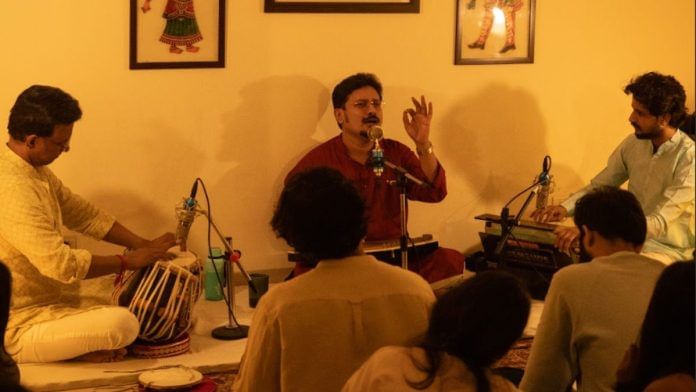New Delhi: Under the soft glow of dim yellow lights, a quiet intimacy settled over the baithak hosted by Upstairs. Forty listeners sit cross-legged, hushed, drawn in. Before them, three Hindustani classical musicians — tabla, harmonium, and voice — begin weaving their spell.
Much like jazz, Indian classical music isn’t just a one-way performance. It relies on improvisation but is jointly constructed between the artist and the audience.
“No matter how well-trained you are, you can’t feel the audience in a big hall,” said Anirban Bhattacharyya, a Hindustani Classical vocalist. In baithaks, it’s different. “I can see their faces. I draw energy from them.”
The audience can’t clap during the artist’s performance, no matter how uplifting the alaap is. Instead, they can say ‘waah’.
As the cycle of taal and raag turns once more in Delhi, a quieter revival is unfolding beneath the shadow of its grand auditoriums — the return of the baithak. These small, close-knit gatherings offer a more personal way of experiencing Indian classical music. For many, it’s a first encounter with this kind of intimacy, where music is not performed for an audience, but shared with them.
Classical music is about the experience, upliftment, and something unforgettable–something hard to capture on big stages
“Pandit Ravi Shankar once said if classical music is alive today, it is because of the baithaks,” said Kiran Seth, founder of SPIC MACAY. “Large programmes have become more of a show, and when performing for thousands, the intensity naturally gets diluted as you try to please everyone. But classical music is about the experience, upliftment, and something unforgettable–something hard to capture on big stages.”
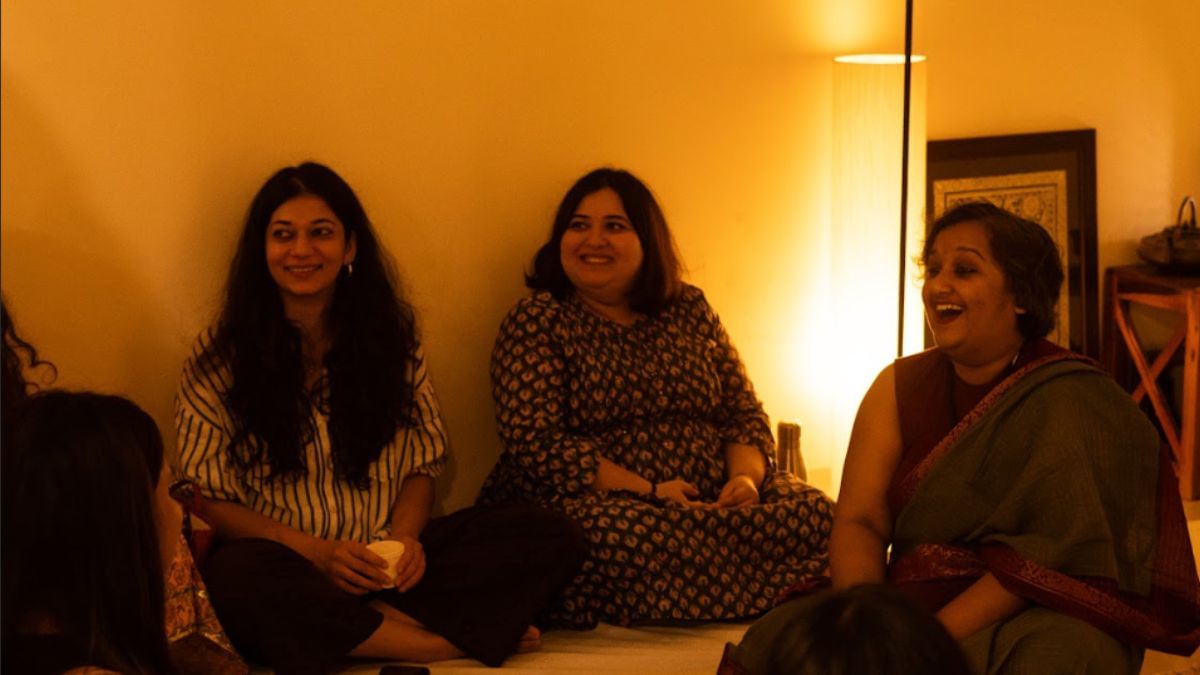
Rooted in Delhi’s once-thriving baithak culture, groups like Upstairs, Rasa Siddhi, Naadyatra Baithak, Evenings Unplugged, VSK Baithak and others are dissolving the boundary between artist and listener. They offer an alternative to the scale and spectacle of mainstream classical programming.
But Upstairs is challenging more than just spatial norms. It confronts a deeper, systemic challenge in Indian classical music — its fragile financial ecosystem. Unlike rock or metal, where merchandise, exclusive releases, and sponsorship create multiple revenue streams, classical music remains tethered to a model reliant on government grants and elite patronage, stifling growth and innovation.
The issue runs deeper than funding alone. It is a cultural hesitation to embrace commerce without compromising reverence, rooted in centuries-old traditions of court patronage.
“That can’t be the only model—relying solely on patronage. Instead, the system should be built from the ground up, with support flowing directly from the audience,” Sukanya Banerjee, founder of Upstairs, told ThePrint. “That’s why we created Upstairs: where tickets are priced at Rs 2,500, home-cooked meals accompany intimate baithak experiences, and people willingly pay to be part of something real.”
The house that listened
We wanted it to feel like the most accessible, approachable space possible. And what’s more accessible than Upstairs?
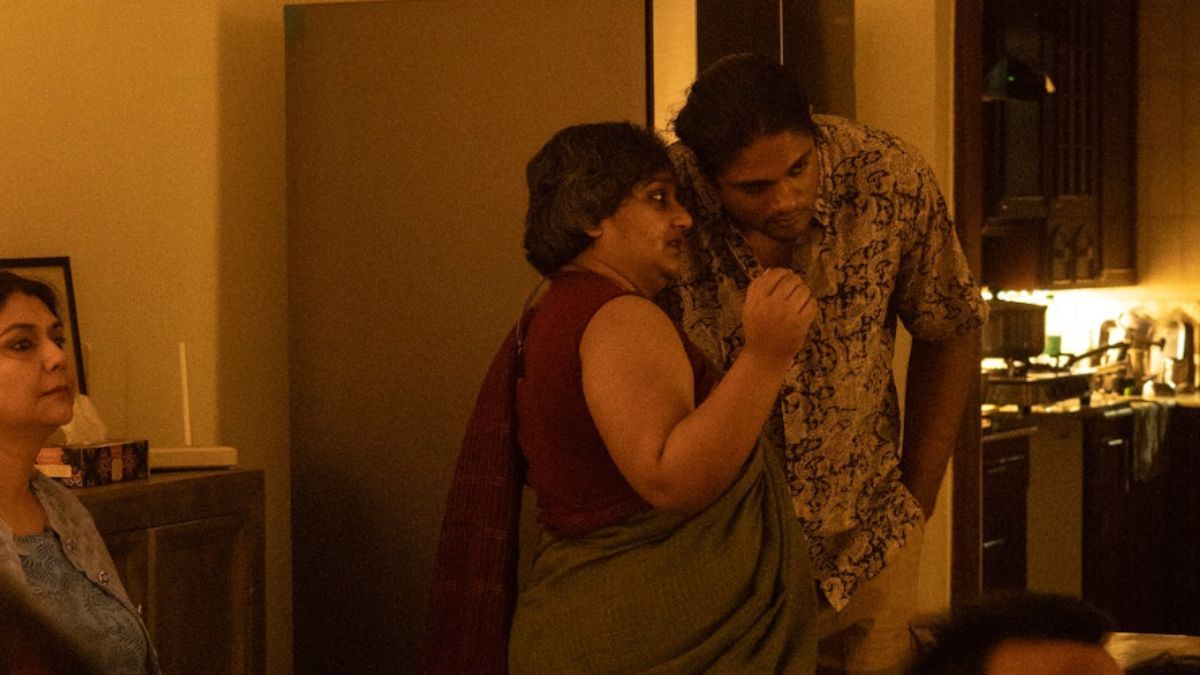
Banerjee and her husband, Tejas, were in the middle of moving houses, rushing to get things in place before their next concert. Tejas was busy propping up paintings, pausing every now and then to get Banerjee’s nod of approval. She was juggling everything—breaking up her dogs’ playful fights, helping the team with setup, guiding the domestic worker in the kitchen. The house was buzzing with talk: music, their parents, the madness of organising a baithak from scratch. In the middle of all the mess, the spirit of Upstairs was already alive.
The 13 August baithak at Upstairs in Vasant Kunj featured Anirban Bhattacharyya on Hindustani vocals, with Durjay Bhowmik on tabla and Lalit Sisodia on harmonium.
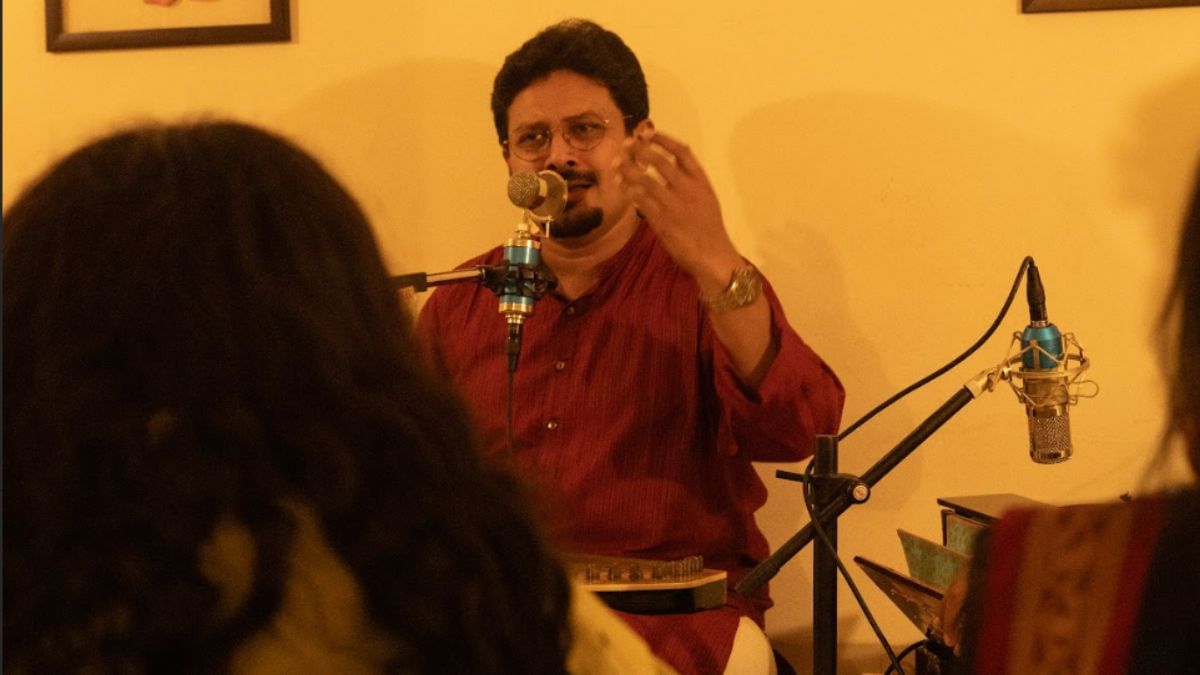
This journey of Upstairs started in 2018—almost by accident.
Tejas and Sukanya had been married just a year, still tiptoeing through each other’s inner worlds. Sukanya, a schoolteacher raised in a home where Hindustani classical ragas floated through the air like morning incense, had never listened to a full metal album in her life. Tejas, a self-taught guitarist who’d grown up worshipping blues legends and shredding to metal solos, couldn’t tell a raag from a taal. Their musical worlds couldn’t have been further apart—but that year, something unexpected began to bridge the distance.
They saw a shared spine: the relentless discipline, the lifelong devotion to practice, and the wild, rule-bending spirit of improvisation that pulsed at the heart of both Hindustani classical and metal.
“In 2018, we were talking to her parents—they wanted to start a school because they felt young people weren’t listening anymore. But we said, you’re mistaking the problem. The issue isn’t awareness. It’s that classical musicians can’t make a living. Artists don’t get paid, audiences won’t pay, and most of the audience is just other artists. You’re also being incredibly inclusive, not letting new people in,” said Tejas.
That year, they launched Evening Raag with modest beginnings—monthly gatherings attended by just 25 to 30 people.
Even in Delhi—“the capital of free concerts”—they insisted on ticketing. That choice alone made a statement: music has value. And it should be treated that way.
Then the pandemic hit. They stopped doing concerts.
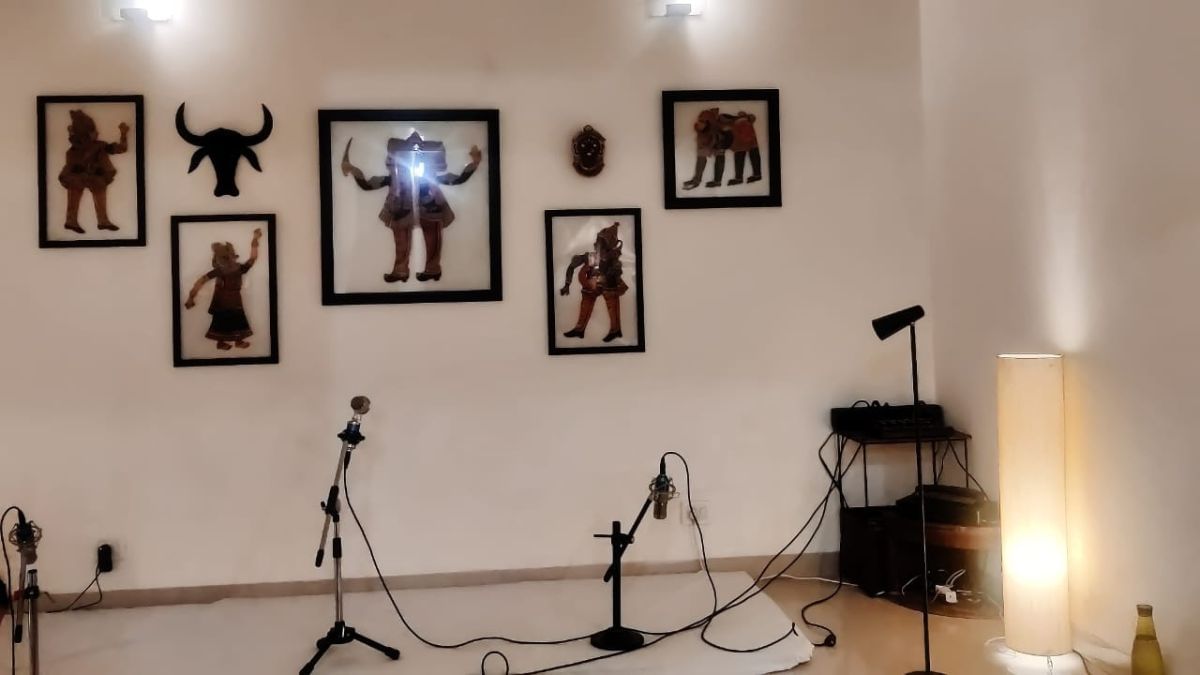
But it shifted from a passion project to something far more serious after a concert by Ronkini Gupta, a Hindustani classical vocalist who has also been nominated for a Filmfare Award.
“Sukanya’s a huge fan,” Tejas recalled. “She went to one of Rokini’s concerts and came back saying, ‘I want her to perform at ours.’ And honestly, even after all that time, people still remembered Evening Raag. So we reached out—and she said yes.”
“I was unemployed,” Banerjee said. “We simply didn’t have the money to afford an artist as expensive as Ronkini. But we also didn’t want to negotiate her fee. I come from a family of musicians. I know how much that money matters—how hard they have to fight for it. I didn’t want to be another person on that list who underpays artists.”
That moment became a turning point.
“That’s why we started doing this seriously,” Banerjee added. “Artists don’t get paid because the same money keeps circulating among the same publicity-driven performers. We wanted to break that cycle.”
Since March, they’ve hosted 11 concerts.
They raised the ticket price and scaled up the production. The costs were simply too high to treat it like a hobby anymore.
Banerjee took a sabbatical last year from her teaching job at Shiv Nadar School for a simple, deeply personal reason. “If I can’t go to the concert, why not bring the concert home? That’s how Upstairs began.”
The name itself was intentional — warm, familiar, and disarming.
“If someone asks where you’re going, you can just say, ‘Oh, we’re going upstairs,’” Banerjee said. “We wanted it to feel like the most accessible, approachable space possible. And what’s more accessible than upstairs?”
From organising the artists and setting the ambience to designing and cooking the entire menu herself, she does it all at Upstairs.
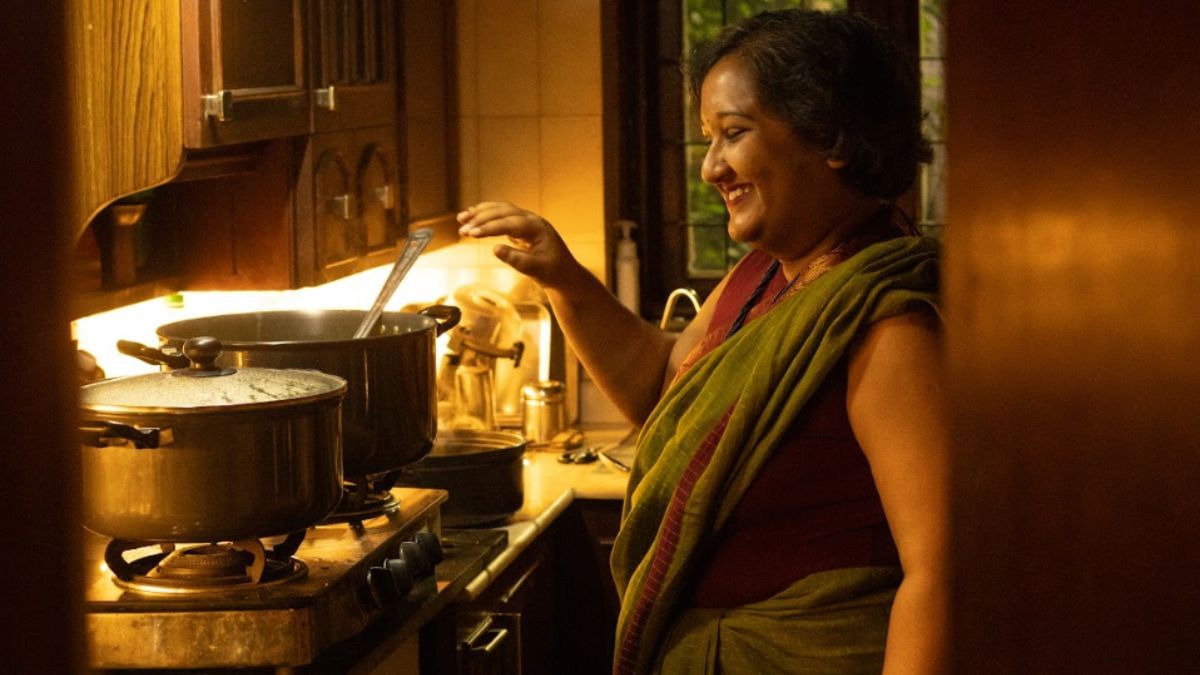
Also read: Delhi-NCR restaurants are caught in a cut-copy-paste mode, and a monopoly of consultants
Economics of classical music
You can’t have a healthy art form if the only model is the ‘big man’ giving the big grant
Upstairs is about dismantling the unspoken barriers that make Indian classical concerts feel like elite territory. About creating a space where curiosity could replace intimidation — where people who’d never been to a baithak could walk in without credentials.
“Right now, if you aren’t already in the classical circuit, you often don’t even hear about concerts,” Tejas said. “And even if you do, there’s this sense that maybe you aren’t meant to show up. You need a listening audience, not just artists. And we don’t have that.”
He had seen parallels in the metal scene — another technically demanding genre with a small but devoted audience. In metal, though, there was an economy: ticket sales, merchandise, special releases, sponsorships, niche teachers, rare instruments. Fans spent money because there were ways to spend money. Indian classical music, in contrast, had almost no avenues for a listener to support an artist beyond attending a class or being a patron.
“You can’t have a healthy art form if the only model is the ‘big man’ giving the big grant,” he argued. “That ‘big man’ can even be the government. But an ecosystem has to be built from the ground up, with money flowing directly from the audience.”
Upstairs is a living room where the music of centuries could breathe again, where commerce wasn’t the enemy of art but its oxygen.
The real problem, according to Banerjee, isn’t that classical music is inaccessible. It’s that some artists haven’t figured out how to engage people—and instead of adapting, they blame the audience.
“Honestly, at this point, it’s a classic case of sour grapes. Because you can’t attract audiences. And then you turn around and say—oh, people don’t understand because they’re not ‘classy.’ That’s not true.”
Growing up in a family of classical musicians, with a mother who worked at All India Radio for 25 years, she was exposed to some of the greatest artists from a young age. But that didn’t mean she always enjoyed it.
“I used to sleep through concerts, cry, want to go home,” she admitted, laughing. Which is why, when someone confesses they find classical music boring, she doesn’t judge. Instead, she relates.
“Then you can actually have a conversation. And maybe, at the end of that, convince them to give it another shot.”
That space for conversation—for second chances—is what Upstairs was designed for. In baithaks, something unfolds that can’t happen in grand auditoriums.
(Edited by Ratan Priya)


